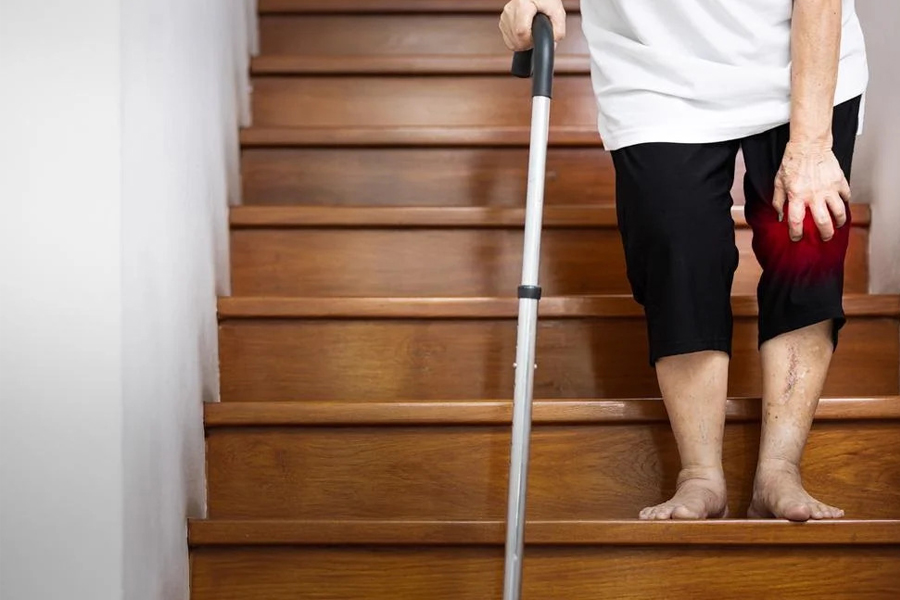
Your bones experience ongoing changes as you age, potentially affecting their strength, flexibility, and general health. Knowing how aging impacts your bones is essential to keep you walking, help prevent breaking an arm or wrist, and maintain the best quality of life as you age.
In this article, you will discover the biological mechanisms of how aging affects your bones and the primary factors that lead to bone loss, along with tips from nutrition to exercise and medical interventions that you can apply today to keep your skeletal framework strong and healthy.
Bones are living tissues; they remodel themselves continuously through 2 opposite processes:
In childhood, the formation of bone exceeds resorption, providing for growth and strengthening. The body’s high point for bone mass is about age 30, after which bone aging mostly means tipping the balance in one direction to promote resorption and inhibit formation. This change processes an eventual decrease in bone mineral density and microarchitecture.
With aging, the inner spongy bone (trabecular bone) loses mass more rapidly than the outer cortical bone, which causes bones to become more porous and brittle.
The older bones are, the less impact they can absorb. Even a slight fall can result in a broken bone — especially in the hip, wrist, or spine.
Vertebral compression fractures may result in a hunched-forward posture and chronic pain in your back.
Slower healing of fractures in older individuals may be linked to decreased blood flow and fewer active cells.
Micronutrients
Strength Training
Balance & Flexibility
Stop Smoking
Cut Back on Alcohol
Fall-proof your Home by Clearing clutter that can cause you to trip, installing grab bars in the bath and shower, and placing nightlights in the bedroom and bathroom.
Medical treatments may be required for those who have considerable bone loss or fractures:
Scans using dual-energy X-ray absorptiometry (DEXA) estimate the bone mineral density (BMD). Focused on prevention, early detection can lead to early intervention.
While prevention is the goal, should a fracture occur, the orthopedic team at DHEE Hospitals offers specialized care in prevention and treatment.
These are considered the significant risks (family history, chronic steroid use)
A full evaluation—lab tests, imaging, and a review of your lifestyle—is how we tailor the best therapies and monitoring plans.
Aging can’t be avoided; however, how aging impacts your bones doesn’t have to determine your mobility or quality of life. You can maintain your bone health and lessen your fracture risk by eating well, exercising regularly, making lifestyle changes, and getting prompt medical care. If you’re suspicious about osteoporosis or fractures, do not wait and consult now. DHEE Hospitals has advanced diagnostics and customized treatment plans.
The combination of hormonal changes, diminished physical activity, and poor nutrition tilts the balance toward resorption, decreasing bone density.
While a diet rich in calcium and vitamin D is the building block, combining it with weight-bearing exercises and changes in lifestyle offers the best protection.
For women over 65, men over 70, or individuals with risk factors, DEXA should be repeated every 1–2 years or in accordance with your physician’s recommendation.
Supplements, including calcium citrate, vitamin D3, magnesium, and vitamin K2, can help support bone mineralization; however, be sure to consult your healthcare provider before you start.
Most older adults can safely perform low-impact weight-bearing activities, including walking, elliptical training, and resistance band exercises.